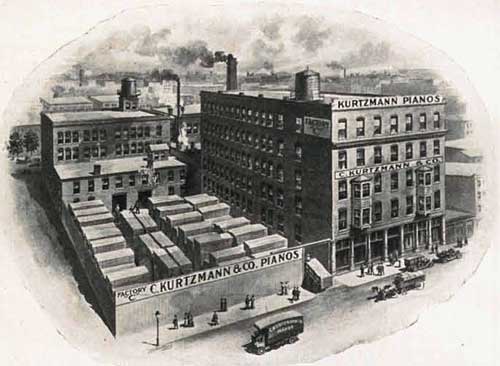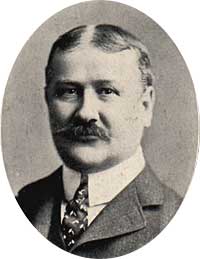C. Kurtzmann & Co. Piano Makers
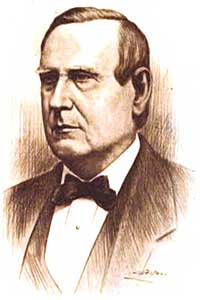
Christian Kurtzmann (1815-1886)
Image source: online
"Pianos & Their Makers"
Christian Kurtzmann was born in Mecklenburg, Germany in 1815. He learned the craft of making pianos and emigrated to America, settling in Buffalo, In 1848, he began making pianos in a workshop on Staats Street. Around 1859, he had a partner in "Kurtzmann & Hinze." By the late 1860s, he dissolved that partnership and built pianos under his own name in a new factory at Broadway and Elm. His reputation for excellent pianos grew and demand exceeded the supply because Kurtzmann would not increase manufacturing capability beyond that which he could personally supervise. That meant turning out one piano a week in the early years.
Christian Kurtzmann died in 1886, but had brought his sons, Louis S. and Charles, into the company at an early age. Charles opened a music and piano store in Buffalo in 1888 which became his career. Louis formed a partnership with Alexander Cordes and Adolph Geiger after his father's death and became head of the company.
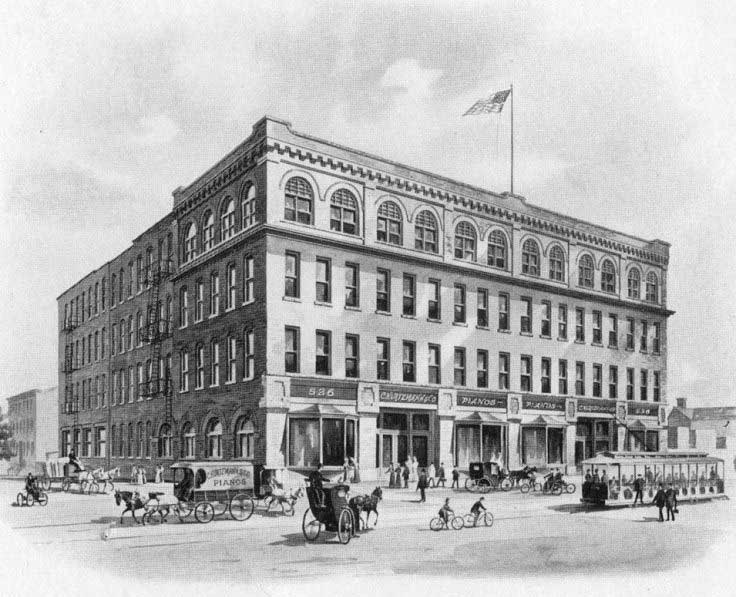
Kurtzmann Factory "A" built 1899, Niagara & Pennsylvania St. Image source: private collection
The partners grew the company and, in 1899, moved all factory operations to Niagara Street which they noted in their advertising publications, "is peculiarly adapted to the manufacture of pianos, as it is away from the smoke and dirt of the crowded manufacturing district."
In 1901, the company incorporated and became C. Kurtzmann & Co., shifting production into higher capacity through modern business practices. Despite turning out 2,500 pianos a week, the reputation of Kurtzmann pianos as very high quality instruments continued. The Buffalo Express reported in 1902 that "the old motto of thoroughness and honest work is lived up to today as it was a half-century ago." Across the country were 200 dealers and representatives. The company also built pianos under the names Capen and Brockport Manufacturing Companies.
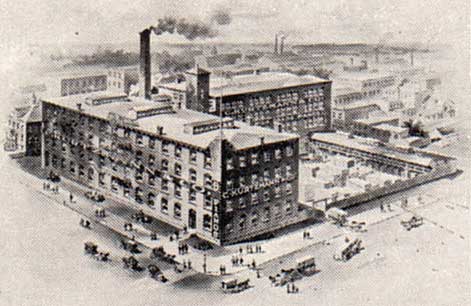
Kurtzmann Factory "B", built 1905,Hudson & 7th Street. Image source: private collection
|
Louis Kurtzmann hired Esenwein & Johnson to design his new home at 24 Lincoln Parkway in 1910. |
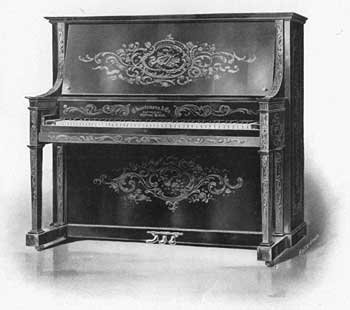 |
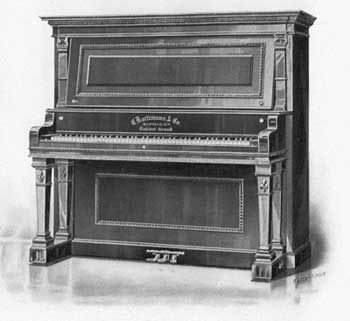 |
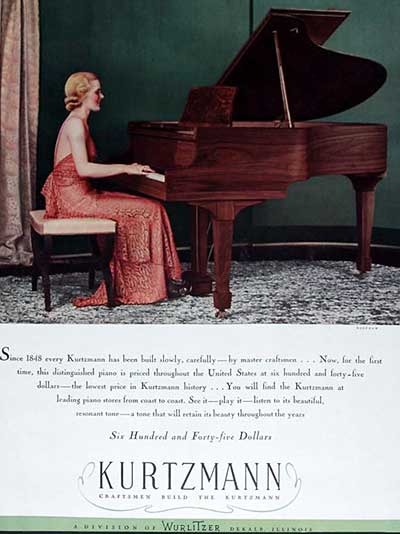
1935 Ad for Kurtzmann under Wurlitzer ownership.
The reputation of Kurtzmann pianos was built on the quality of the workmanship that was maintained during the life of the company, even when it had 500 employees and three factories. The company's dry kiln had the capacity of holding 100,000 feet of lumber, some of which was used to make a laminated "wrest-plank" [aka 'pin block'] which allowed its pianos to stay in tune better than competitors'. Kurtzmann's skillful matching of mahogany and walnut veneers made the pianos' cases as pleasing as their inner works. The "sweetness of tone" from Kurtzmann pianos was often praised as was its durability.
The company made upright pianos and square grand pianos in the 19th century, and then added concert grands, parlor grands, several types of baby grands, a vertical grand model and a vertical player grand piano. Kurtzmann pianos graced concert halls, restaurants and elite hotels, as well as private homes of the well-to-do.
1935, during the Depression, the Wurlitzer Company purchased the 90-year old C. Kurtzmann & Co. For three years, pianos using the Kurtzmann name were produced.
In 1938, Wurlitzer ceased production at the Kurtzmann factories. Wurlitzer itself would be purchased by the Baldwin Piano & Organ Company in 1988. In 2001, Baldwin was purchased by the Gibson Guitar Corporation.
Today, Kurtzmann pianos are still valued and played.
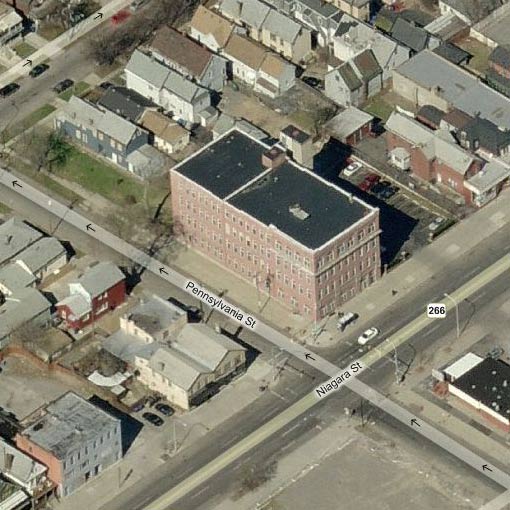
Factory "A", Niagara & Pennsylvania Streets is now the Christine Apartments.
Thanks to Daniel Kayjay for this information.
